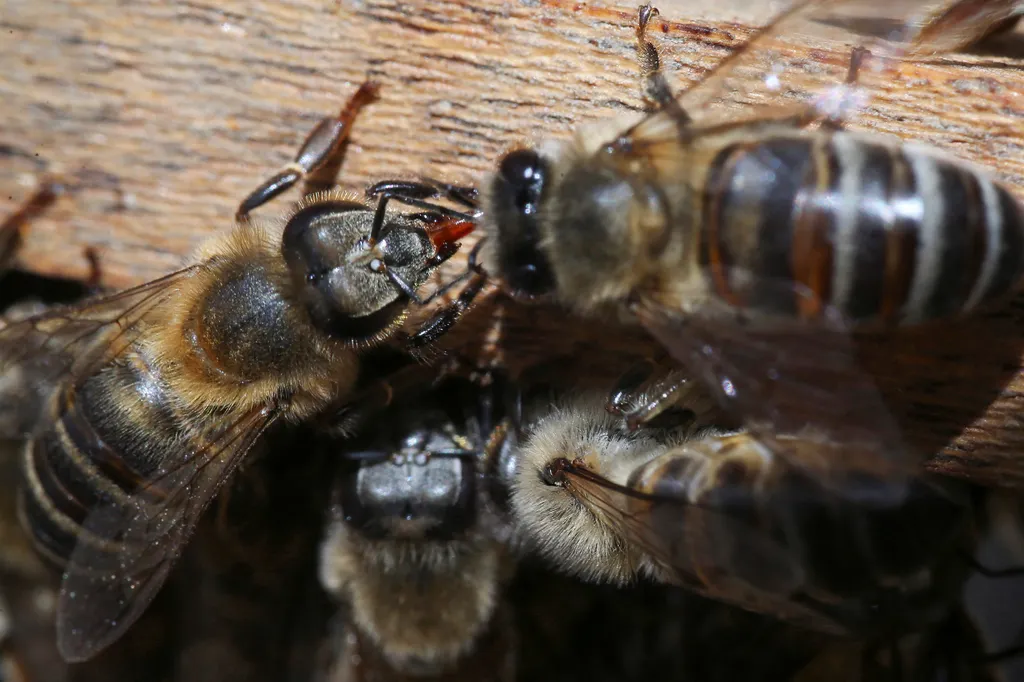In the heart of South Korea, researchers are buzzing with excitement over a promising discovery that could safeguard one of agriculture’s most vital workers: the humble honey bee. Saeed Mohamadzade Namin, a scientist at Gyeongbuk National University’s Agriculture Research Institute, has been delving into the potential of natural compounds to protect these essential pollinators from the harmful effects of pesticides.
Honey bees, responsible for pollinating a third of the world’s crops, are under threat from insecticides, which can impair their health and even lead to colony collapse. This is not just an ecological concern but also a significant commercial issue, as the global market for pollination services is valued at over $235 billion. The energy sector, which relies on stable agricultural systems for bioenergy feedstocks, is particularly invested in finding solutions to this problem.
Namin and his team have been exploring the protective effects of curcumin (CU), a compound found in turmeric, and rosmarinic acid (RA), found in rosemary. “We were intrigued by the antioxidant and detoxification properties these compounds have shown in other organisms,” Namin explains. “We wanted to see if they could offer similar benefits to honey bees.”
In their study, published in the journal *Frontiers in Insect Science* (translated from Korean as “Insect Science Frontiers”), the researchers exposed honey bees to lethal doses of three common insecticides: acetamiprid, carbaryl, and flupyradifurone. They then fed the bees CU and RA at various concentrations to see if the compounds could mitigate the pesticides’ toxic effects.
The results were promising. CU, particularly at a concentration of 100 parts per million (ppm), significantly reduced mortality in bees exposed to all three insecticides, except for forager bees exposed to acetamiprid. RA showed more variable effects, with certain concentrations improving survival in bees exposed to carbaryl and flupyradifurone.
Moreover, the researchers found that CU and RA modulated the expression of detoxification-related genes in the bees, enhancing their resilience. “This suggests that these compounds could potentially be used to enhance honey bee health and resilience in agricultural settings,” Namin says.
The findings open up exciting possibilities for the future of pollinator health management. If further research confirms these benefits, CU and RA could be incorporated into bee feed or hive supplements to protect bees from pesticide exposure. This could have significant implications for the energy sector, which relies on stable agricultural systems for bioenergy feedstocks.
However, Namin cautions that more research is needed to fully understand the mechanisms and ecological implications of these compounds. “We need to assess their effects across different life stages, environmental conditions, and colony dynamics,” he says. “But the potential is certainly there, and we’re excited to explore it further.”
In the meantime, this research offers a glimmer of hope for the future of honey bees and the agricultural systems that depend on them. As we strive to create more sustainable and resilient food systems, every discovery counts—and this one is certainly worth buzzing about.

